Personal Reflections “SP/4 Robert C. Schlag, Jr. from A Company [Oct 1966-Oct 1967] was in the jeep behind me, his call sign was "Smooth Glacier 9." The escort radio net had been a source of entertaining goofiness all day and SGT Norman J. E. Eck [A Company, Oct 1966-Oct 1967] came on the net and warned all, "the next person playing on the radio will answer to me."
We cleared a portable bridge next to a blown one (convoy progress check point) and reported "Smooth Glacier 8 clear [passed] Charlie Papa Echo. SP/4 Schlag then reported, "Smooth Glacier 9 clear Charlie Papa Echo, echo, echo, echo, echo, echo, echo, echo.
I can still remember seeing SGT Eck standing on the top of the bridge at Newport waiting for us to get there." SP/4 Charles R. Patrick, A Company, 720th MP Battalion, October 1966-October 1967.

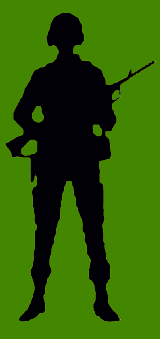




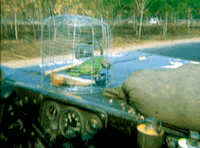
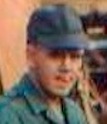 SP/4 Patrick
SP/4 Patrick SP/4 Schlag
SP/4 Schlag
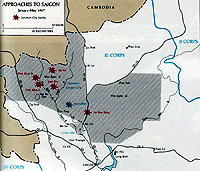



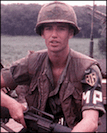 SP/4 Jorgensen
SP/4 Jorgensen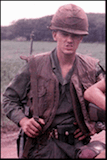 SP/4 Kerkhoff
SP/4 Kerkhoff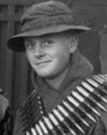 SGT Ruffer
SGT Ruffer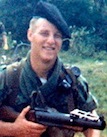 SGT Sundt
SGT Sundt SP/4 McKeon
SP/4 McKeon